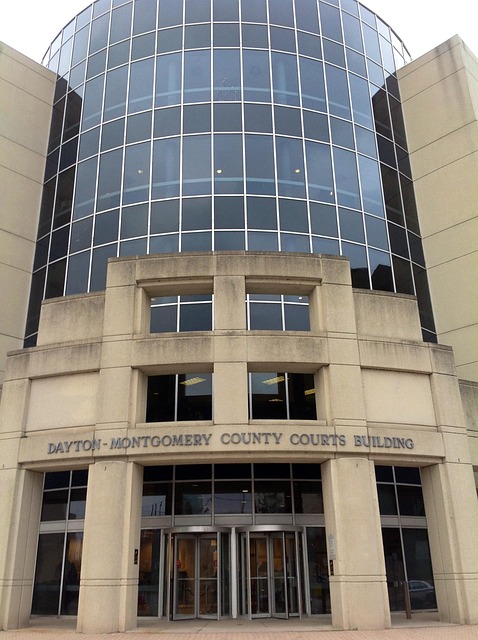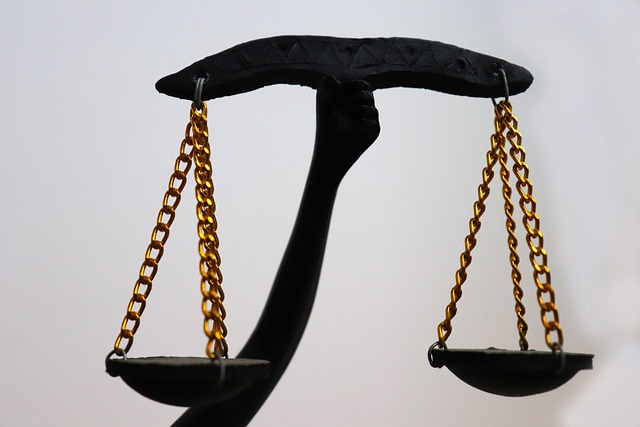Regulatory Fraud Laws protect consumers, investors, and the public from deceptive practices, emphasizing accountability and transparency. Individuals affected by fraud can join class-action lawsuits, a strategic collective legal action with several stages: identification, formation of a "class," filing complaints, gathering evidence, negotiating settlements or going to trial. Successful outcomes may dismiss charges against defendants, providing justice and financial compensation. To join, individuals need to understand eligibility criteria based on shared harm, connect with specialized attorneys, and meet legal requirements by providing relevant evidence.
Regulatory fraud laws play a crucial role in safeguarding consumers and investors from deceptive practices. This article delves into the intricacies of these laws, providing a comprehensive guide on understanding regulatory fraud, navigating class action lawsuits, and taking steps to join a lawsuit against perpetrators. If you’ve been affected by fraudulent activities, know that collective action through class action lawsuits can empower individuals to seek justice and compensation effectively. Discover the eligibility criteria and process involved in joining such legal initiatives.
- Understanding Regulatory Fraud Laws: Definitions and Scope
- Navigating Class Action Lawsuits: Eligibility and Process
- Steps to Join a Class Action Lawsuit Against Regulatory Fraud
Understanding Regulatory Fraud Laws: Definitions and Scope

Regulatory Fraud Laws are designed to protect consumers, investors, and the public from deceptive practices by corporations and individuals. These laws cover a wide range of activities, including false or misleading statements, omitting critical information, and engaging in fraudulent schemes to gain an unfair advantage. They apply across various sectors, from financial services to healthcare, ensuring accountability and transparency in business operations. Understanding these laws is crucial for both corporate and individual clients, as they define the boundaries between legitimate business practices and criminal offenses.
When navigating complex cases of regulatory fraud, one strategic step that victims can take is joining a class-action lawsuit. This collective legal action allows individuals who have suffered losses due to fraudulent activities to band together, sharing resources and expertise. The process involves several stages, from initial notification and filing to court approval and settlement or trial. A successful outcome may result in complete dismissal of all charges against the defendants, ensuring justice and financial compensation for those affected by the fraud.
Navigating Class Action Lawsuits: Eligibility and Process

Navigating Class Action Lawsuits: Eligibility and Process
When considering joining a class action lawsuit, individuals must first understand the eligibility criteria. These suits are typically initiated when a significant number of people have experienced similar harm from a single entity. Whether it’s fraud, consumer rights violations, or environmental damage, class actions gather like-minded individuals together to demand justice. The process begins with identifying the specific case and its legal grounds; eligible participants form a group known as the “class.” This collective action is a powerful tool for those affected by corporate misconduct, ensuring their voices are heard and potentially achieving a philanthropic impact.
The steps to join such a lawsuit involve careful consideration. Individuals assess if their case aligns with the legal criteria and connect with experienced attorneys specializing in class action litigation. These lawyers guide plaintiffs through the process, which includes filing a complaint, gathering evidence, and negotiating settlements or taking the case to trial. Given the high-stakes nature of these cases, successful outcomes can result in significant compensation for participants while also holding wrongdoers accountable and setting precedents for future legal strategies within both the legal and political communities.
Steps to Join a Class Action Lawsuit Against Regulatory Fraud

Joining a class action lawsuit against regulatory fraud is a significant step that requires careful consideration. The first step is to thoroughly research and understand the specific case, including its scope, allegations, and potential impact on affected individuals or entities. This involves keeping up with news updates, legal documents, and expert analyses related to the high-stakes cases often involving white collar and economic crimes.
Once informed, potential plaintiffs can reach out to experienced attorneys specializing in class action litigation. These lawyers will evaluate your situation, determine eligibility, and guide you through the process. They ensure that all necessary steps are taken to meet the legal requirements for joining the lawsuit, which may include providing evidence of losses incurred due to the fraudulent activities. This collaborative approach fosters a collective effort to hold accountable those responsible for regulatory fraud, while also engaging the support of both the philanthropic and political communities.
Regulatory fraud laws play a vital role in protecting consumers and ensuring fair business practices. Understanding these laws, especially through the lens of class action lawsuits, empowers individuals to take collective action against fraudulent activities. By following the clear steps to join a class action lawsuit, those affected by regulatory fraud can collectively seek justice and potentially recover losses. This process not only holds accountable those who engage in deceptive practices but also serves as a deterrent for future violations, fostering a more transparent and ethical business environment.






